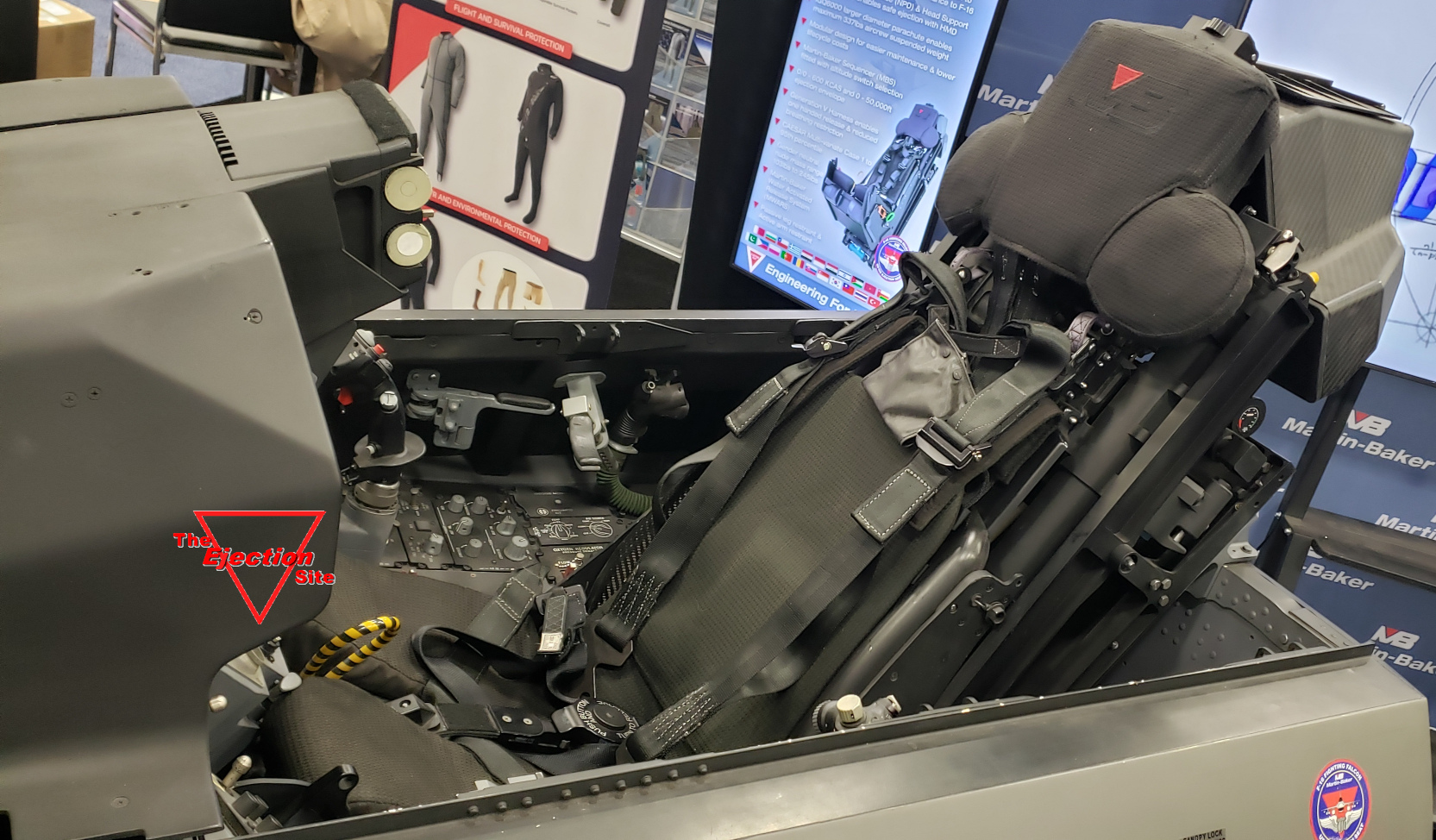1 / 11
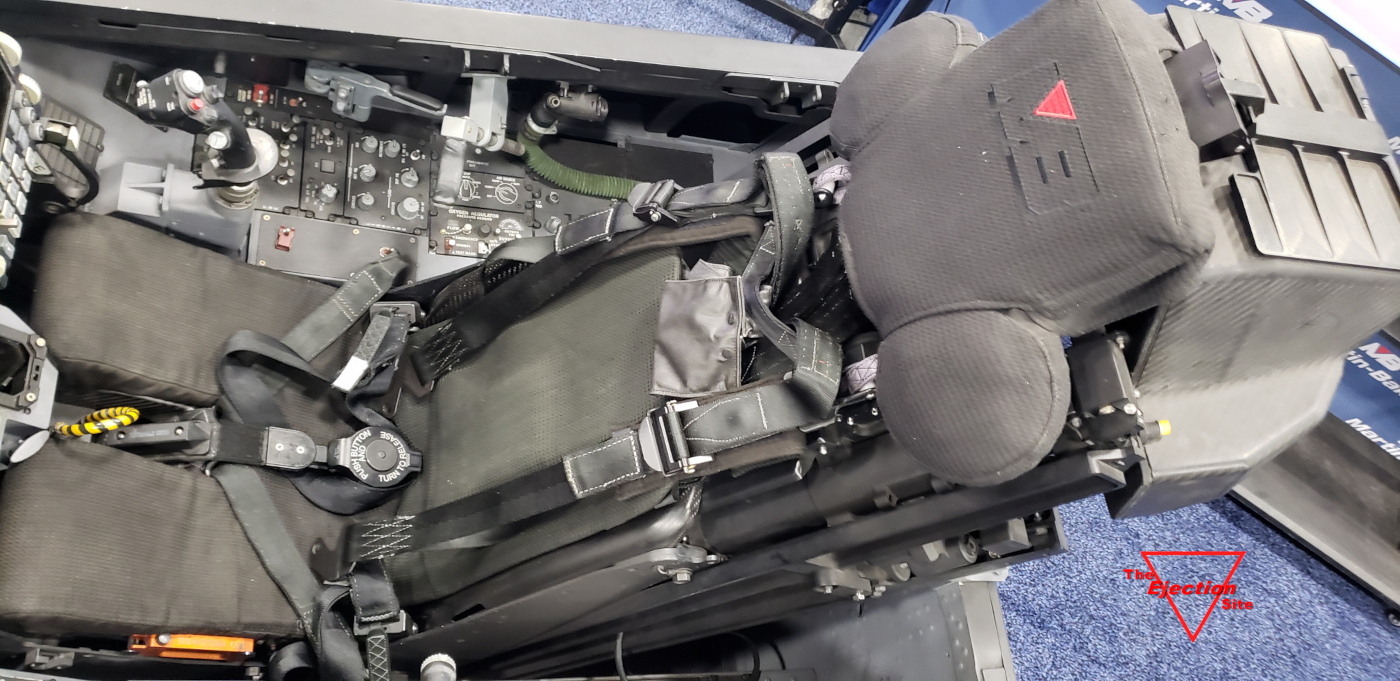
Overview of an installed seat in a F-16 cockpit
2 / 11
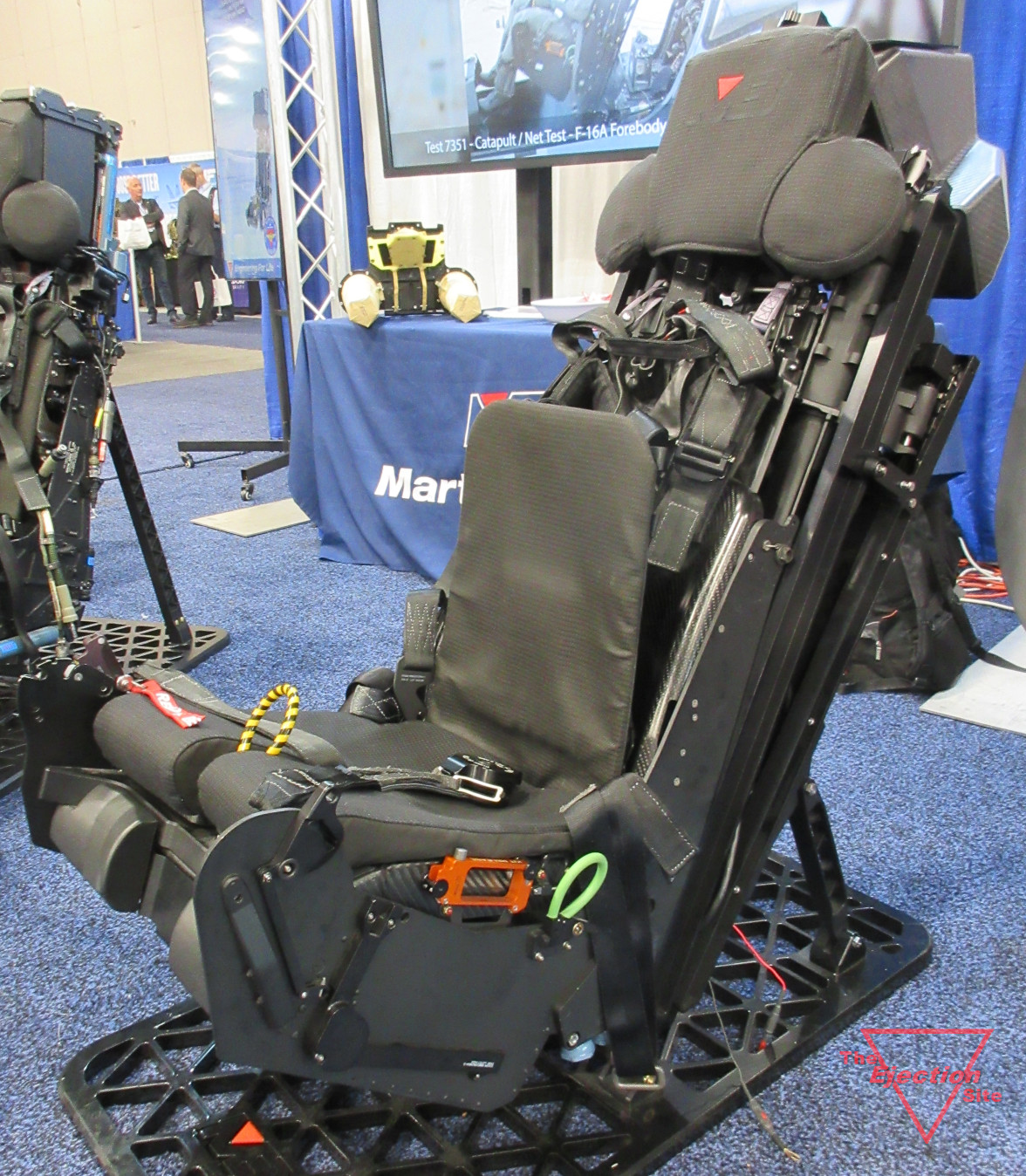
3/4 left side
3 / 11
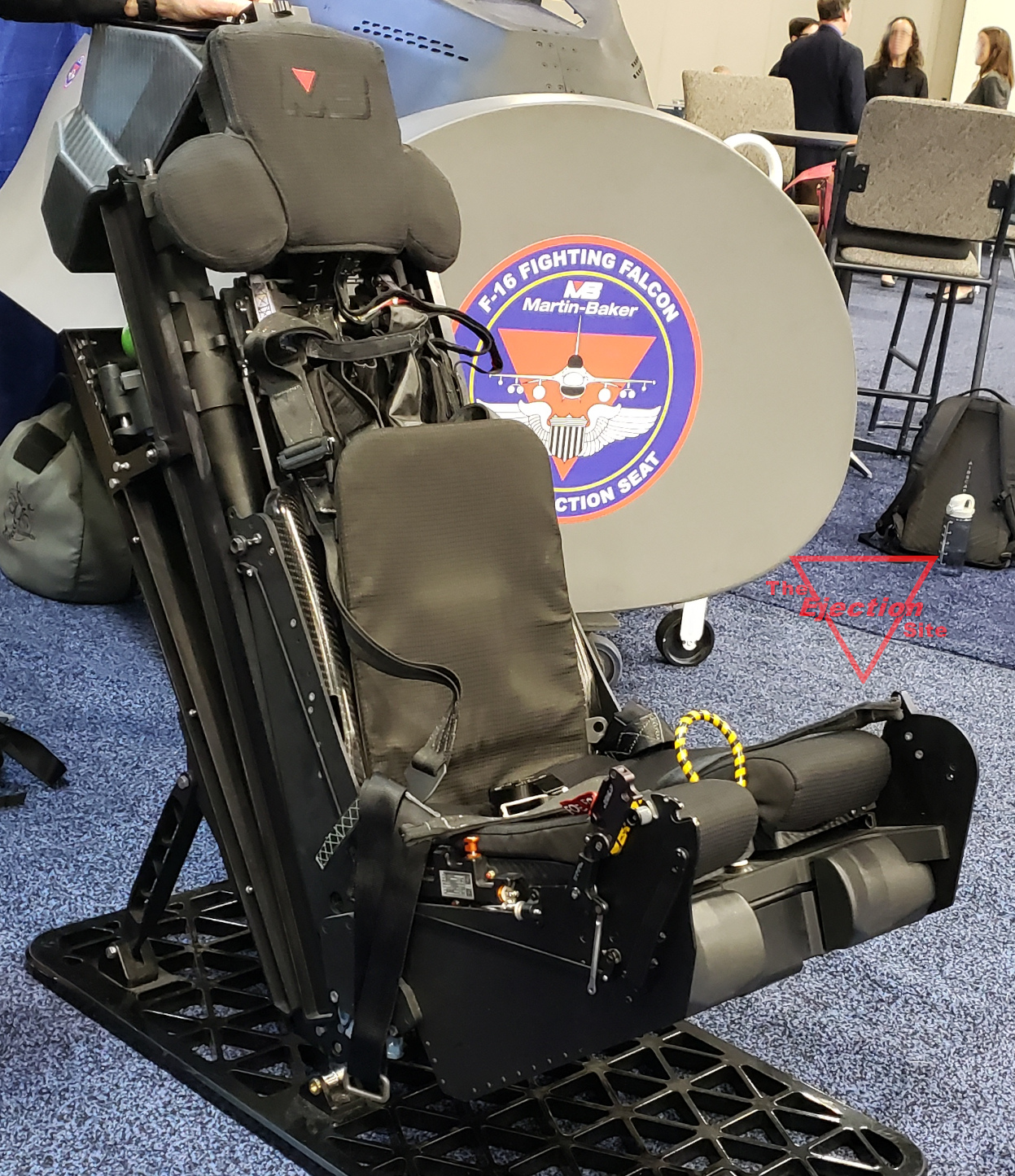
3/4 right side
4 / 11
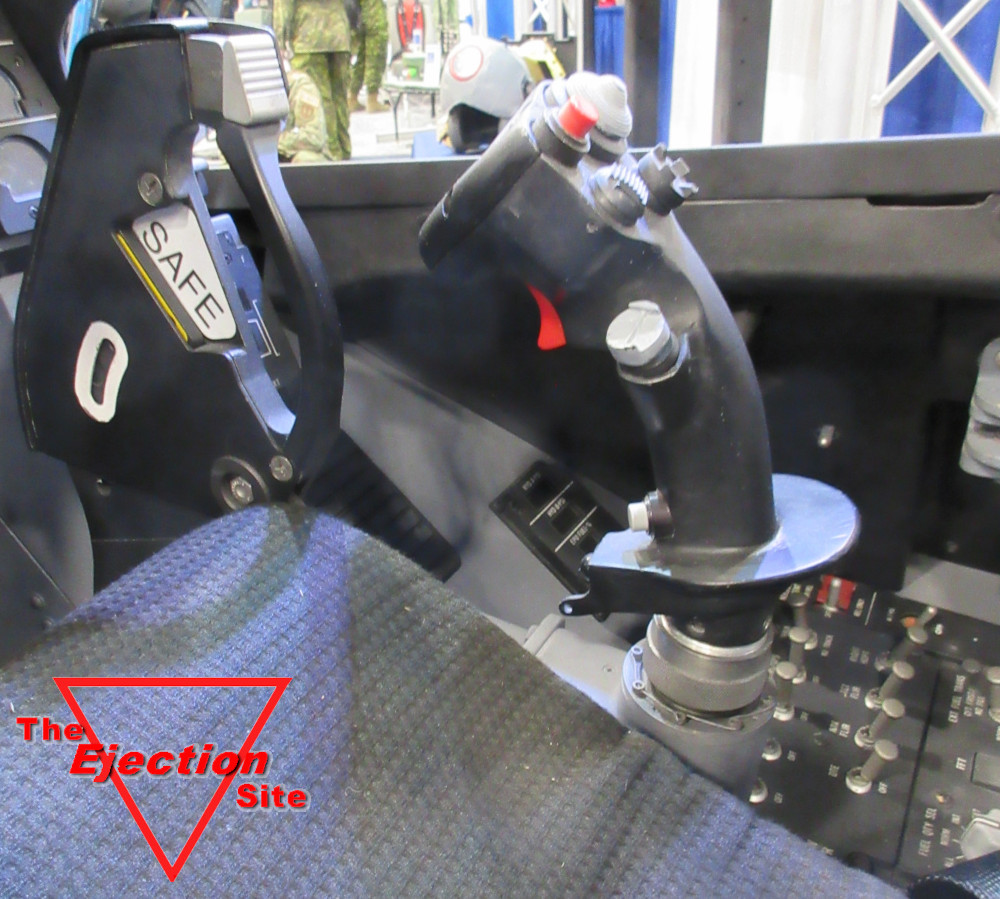
The large SAFE/ARM/MOH handle
5 / 11
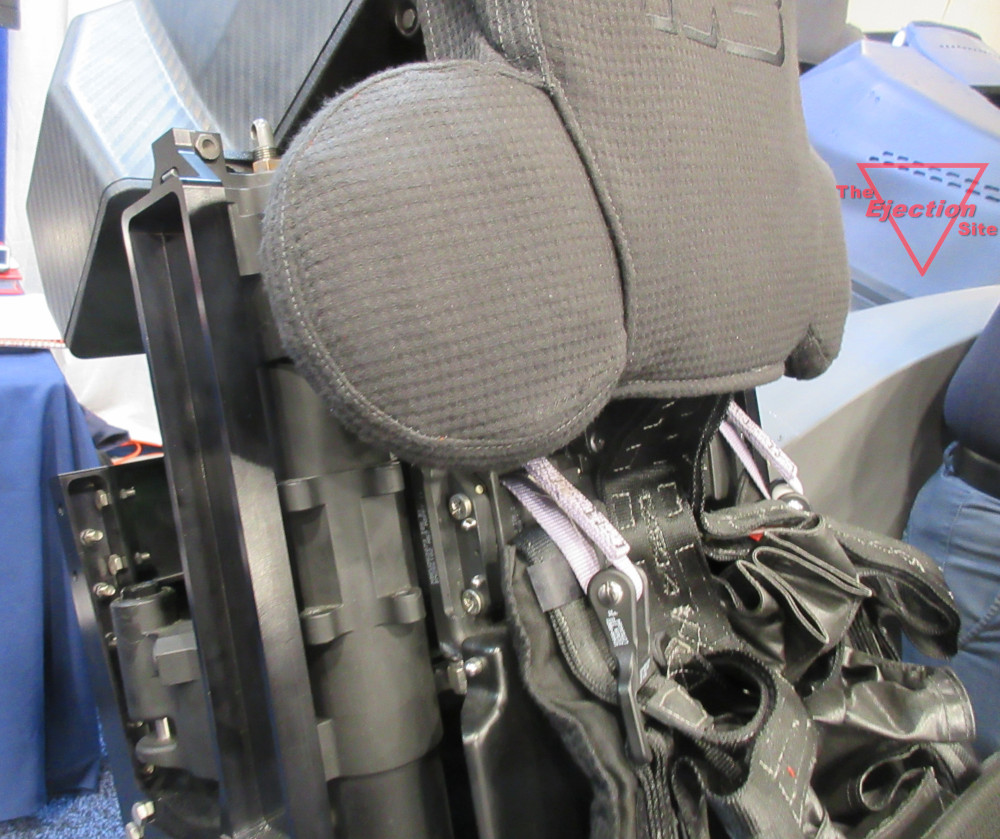
Details of the shoulder harness and inertia reel attachment area. Note also the headrest cushions.
6 / 11

Optional SAFE/ARM handle design. To the rear under the lap strap
the edge of the rocket mount cover can be seen.
7 / 11
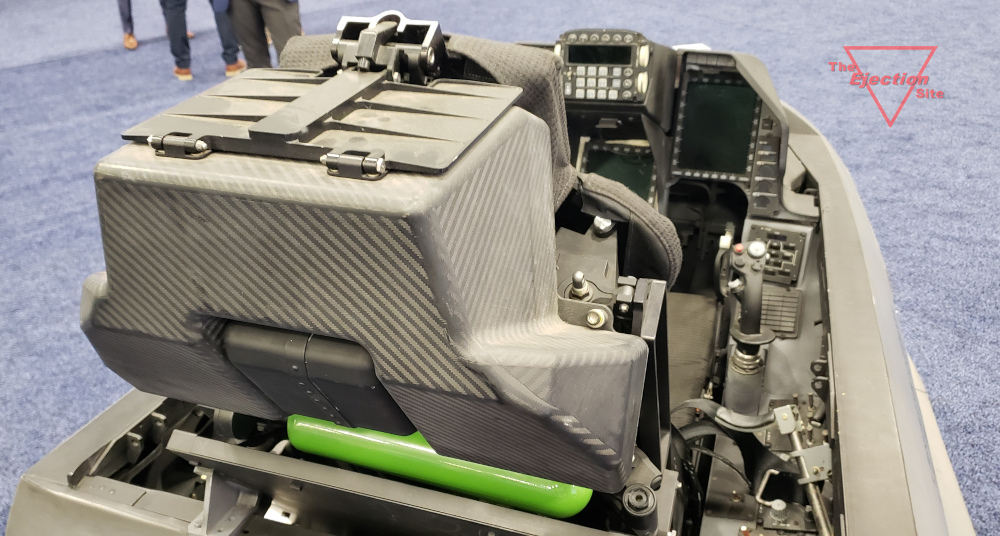
A look down the right side. Note the aero plate flat on the top of the parachute container.
The size of the oxygen tank is clearly shown.
8 / 11
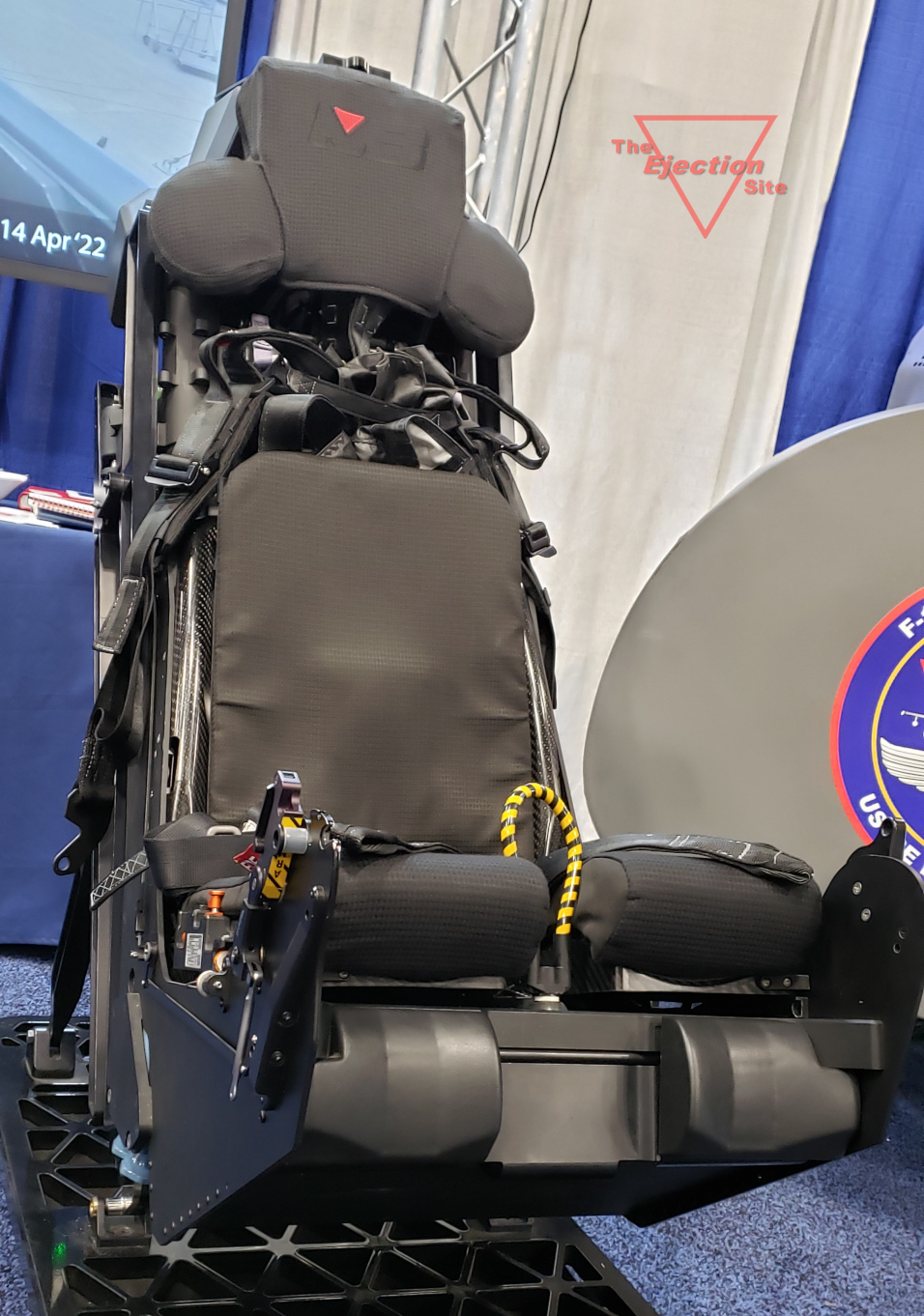
Low angle view of the front right. Note the leg restraint lines were not installed in this display seat
9 / 11

Seat top latch detail
10 / 11

Cockpit installation shown from the right side- view 1
11 / 11
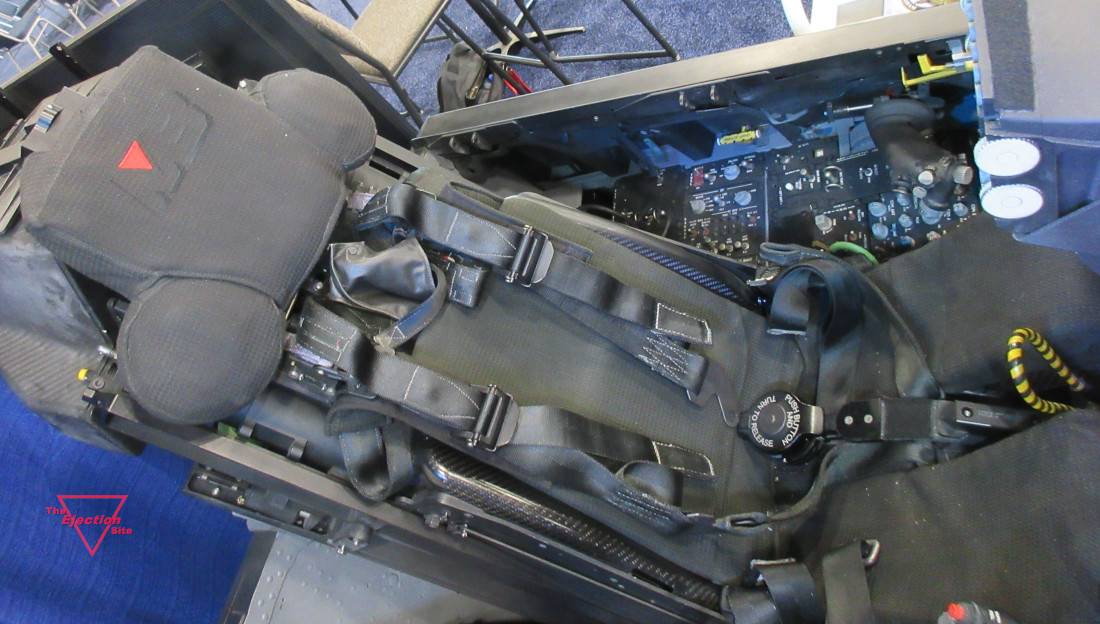
Cockpit installation shown from the right side- view 2
❮
❯
 Martin-Baker Mk US18E Seat
Martin-Baker Mk US18E Seat
 Martin-Baker Mk US18E Seat
Martin-Baker Mk US18E Seat
